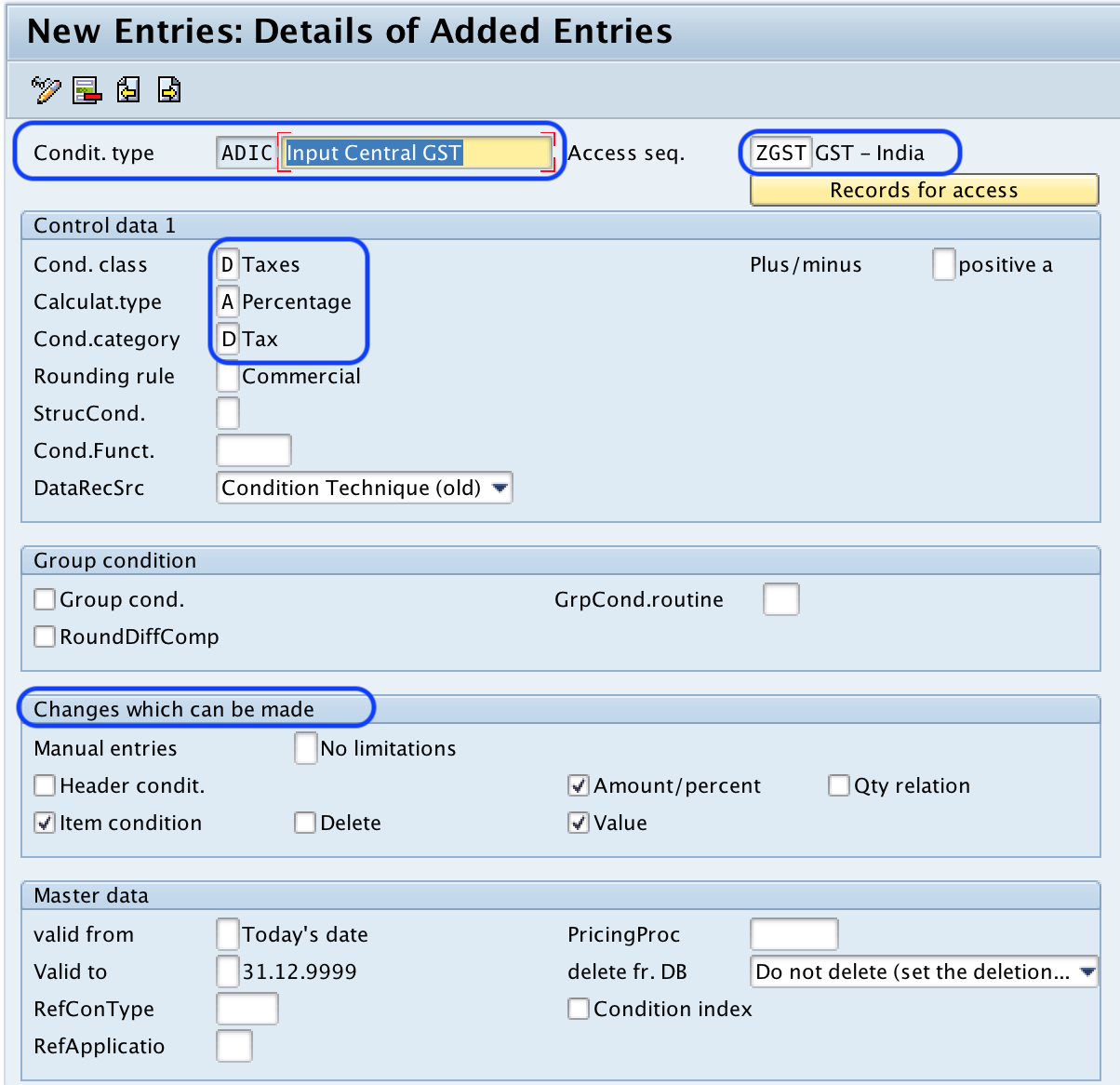The Standard Assessment Procedure (SAP) is a method approved by the government to calculate the energy efficiency of residential structures. It is used to verify that new developments are in compliance with Part L1 of the Building Regulations. It can help prospective tenants save money on their energy bills. This government-approved method however does not take into consideration the specific characteristics of each household.
Standard Assessment Procedure (SAP) is a government approved method to calculate the energy efficiency of residential buildings
The Standard Assessment Procedure (SAP) is a government-approved method for calculating the energy efficiency of residential structures. It measures the performance of homes, including the amount of energy used per square metre of floor area and gives both an energy efficiency score and an environmental impact rating. The calculation is based upon the estimated annual energy consumption of space heating, hot water lighting, ventilation appliances and lighting. Other SAP outputs include the heating load, the risk of overheating in summer, as well as cooling load.
RdSAP is based on assumptions regarding the energy consumption of households, and consequently is not able to accurately evaluate the energy efficiency of buildings individually. RdSAP does not take into sap calculation that certain buildings have higher occupancy rates than others, or use more energy. This can lead to errors, especially if a building in question is built in an area where the cost of energy are typically higher than average.
It is a legal requirement for new-builds
The Standard Assessment Procedure (SAP), is the legal requirement for all new construction properties in the UK. It is used to measure the energy efficiency of a new development. It is a part of the Building Regulations and must be carried out on all new-build homes. The SAP assessment must be passed to receive Building Control approval. A development that fails to meet the requirements of the SAP must be resubmitted. It could also impact the ability to lease or sell the property.
By using the SAP, a newly constructed residential property can be able to meet the government’s strict energy regulations and receive an Predicted Energy Assessment (PEA) and an Energy Performance Certificate (EPC). The SAP calculation is built on the plans for the new construction and is repeated after the property has been completed. This is done to account for any modifications made during construction. There are no physical tests to determine energy efficiency; the calculations are based upon the layout, design, and insulation. A SAP certificate demonstrates the building’s compliance with the regulations and is available for sale.

It is used to ensure the compliance of Part L1 building regulations.
SAP is a procedure that makes use of mathematical models to determine the degree of energy efficient a structure is. It compares the energy efficiency for a design plan with that of a hypothetical building of the same size layout, location, and design. It also takes into account the solar gain of the building and the efficiency of heating systems. The SAP process is conducted by inspectors who have to pass a qualification examination.
The SAP calculation is based on the default value of 15m3/hr/m2 floor space. This is not enough to determine the true amount of air leakage. Sometimes, additional modifications could be needed to ensure the compliance.
It can assist prospective tenants save on rent
The Standard Assessment Procedure (SAP) is a tool landlords employ to evaluate the capacity of prospective tenants to pay rent. It is used to verify that potential tenants’ incomes are within the range of the amount they can afford to pay for rent. The majority of landlords want an amount of three-to-one, which is equivalent to 30 percent of their gross income. During the screening process, landlords may contact a prospective tenant’s current employer to verify their income.
The applicant must pay an application fee to help to fund background checks and credit checks. This fee can range from $25 to $100. These fees cannot be refunded. However, certain states regulate application fees in order that they do not exceed the actual cost of an investigation into a background. Before applying, applicants should have copies of the most frequently requested documents.


